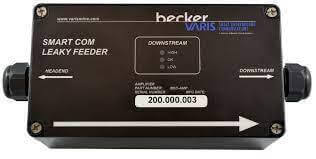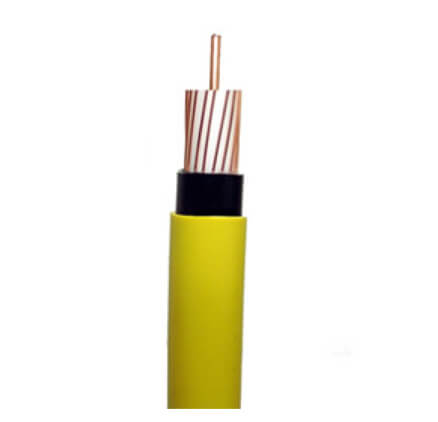How Does a Coaxial Cable Work

As the mining industry evolves, efficient and reliable communication has become paramount. Becker Mining USA, a leading provider of mining equipment and services, understands the importance of maintaining effective communication within the mining sector. Using a coaxial cable is a crucial component that plays a significant role in ensuring seamless communication. This article will explore how coaxial cables work and their applications in the mining industry.
What is a Coaxial Cable?
A coaxial cable is an electrical transmission line that passes high radio frequency (RF) signals from one point to another with minimal signal loss. They
are commonly employed in various applications, including phone lines, cable TV, internet, and cell boosters. Coax cables come in numerous sizes and lengths, each designed for specific uses.
Construction of a Coaxial Cable
A typical coaxial cable comprises four main parts:
- Center Conductor/Core
- Dielectric Insulator
- Shield(s)
- Jacket (Rubber Wrapper)
The center conductor, usually made of copper or copper-coated steel wire, carries the RF signals. The dielectric insulator, often made of plastic, surrounds the wire, maintaining a constant distance between the center conductor and the subsequent layer.
The metal shield, made of woven copper, aluminum, or other metals, wraps around the insulator to cancel external electromagnetic interference. Some coaxial cables feature multiple safeguards for extra protection. Lastly, the jacket protects the entire configuration and indicates where the cable can be installed.

GET IN TOUCH
In a hurry? Call us at +1-724-515-4993
How Do Coaxial Cables Work?
A coaxial cable transmits signals through the center wire, while the metal shield ensures a quality signal travels the line length. Both components receive a current simultaneously, generating a magnetic field that allows the movement to remain intact and not bleed out, as it would without the shield.
The metal shield also protects the signal from electromagnetic interference, enabling coax cables to be placed near other electronic equipment without any issues. The dielectric insulator maintains a consistent distance between the core and shield, preventing the two signals from coming into contact and canceling each other. The outer jacket further insulates and protects all components from damage.
As a result, RF signals can be carried over long distances with minimal interference or loss, making them ideal for mining operations where communication is crucial.
Applications of Coaxial Cables in the Mining Industry
In the mining sector, a coaxial cable is used in various applications, including:
- Communication systems: Coaxial cables transmit voice and data signals between mine sections, ensuring seamless communication among mining personnel.
- Remote monitoring: Coaxial cables enable video and data transmission from remote monitoring systems, allowing mine operators to monitor their operations from a distance.
- Equipment control: Coaxial cables transmit control signals for mining equipment, such as conveyor systems and drilling rigs, ensuring smooth and efficient operations.

Increase Your Production With Becker Mining USA
Coaxial cables are vital in ensuring effective communication and control within the mining industry. Becker Mining USA recognizes the importance of using high-quality coaxial cables in their mining solutions. It continues to provide reliable products and services to support the industry’s needs. By understanding how coaxial cables work and their applications, mining companies can make informed decisions when selecting the right lines for their operations.
Products That We Offer
- VHF Leaky Feeder System
- UHF Leaky Feeder System
- SMARTSENSE®FIXED MONITOR
- RNG-500VHF Leaky Feeder Cable
- UHF Low Loss Leaky Feeder Cable
- Kenwood NX-203/303 Radios
Take control of your mining communication systems today! With Becker Wholesale Mine Supply, the leading manufacturer in the USA. Contact us now and revolutionize your mining communication systems!